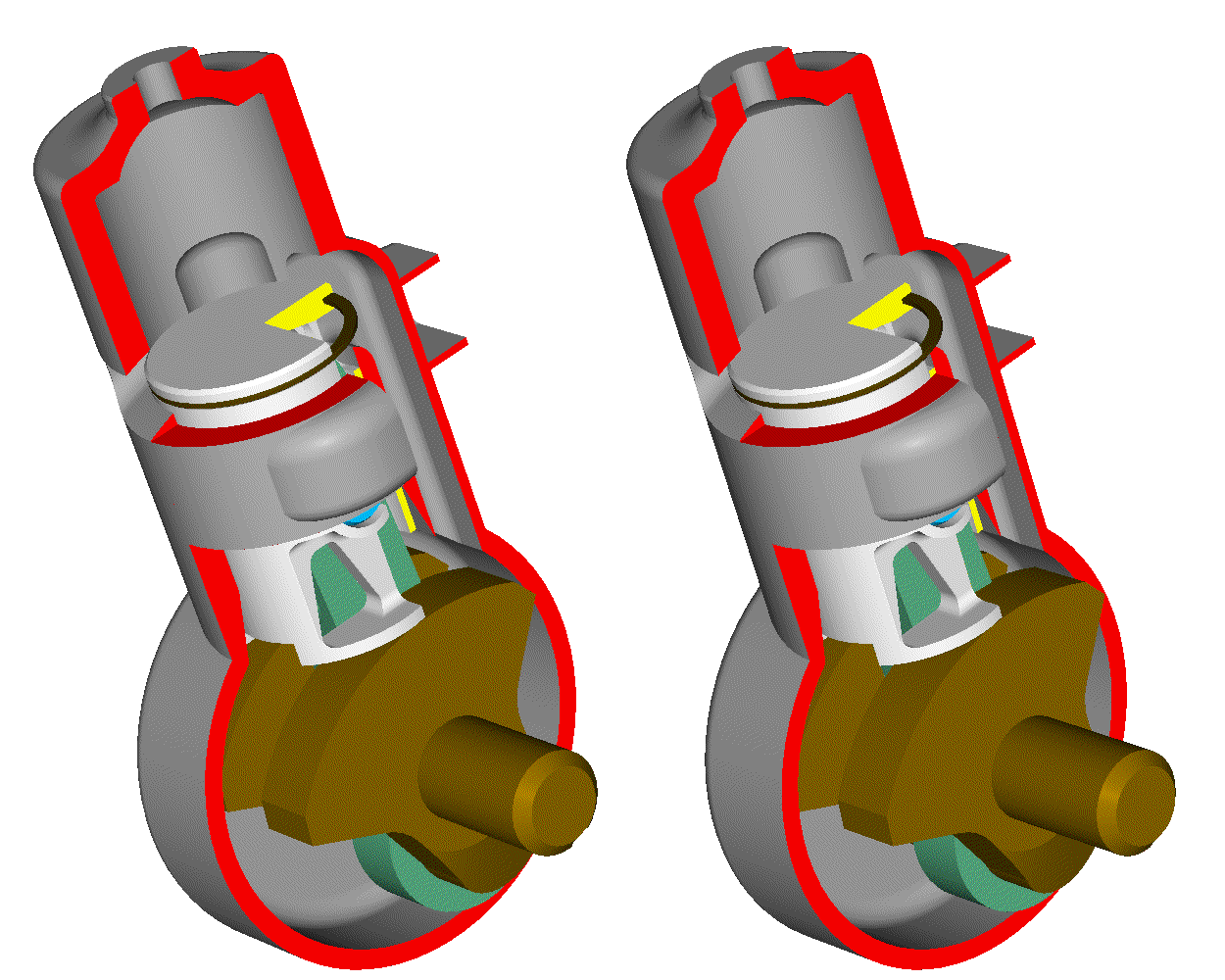Those detail are not in the patents, but be sure that the rotron also sealing without added lubrication may not be a coincedence! They had a harder job creating the correct species needed by controlling the environment. When one understands chemistry, combustion and fluid flows it is obvious.manolis wrote: ↑21 Apr 2017, 08:00Hello Muniix
I have spent several hours reading the patents granted (or filed but not granted) to the guys of the multi-million Bishop team.
I admit I failed to understand the way the sealing means of the Bishop rotary valve are lubricated: just like the piston rings of the conventional 2-strokes they pass over big holes (the intake and exhaust ports on the Cross-Bishop rotary valve), yet they don’t leave any lubricant to get into the combustion chamber or to be lost towards the exhaust.
As explained in previous posts, the theories about the “dry lubrication with the carbon particles of the combustion” are not persuasive.
Both are rotary valves with different implementations, hence they are identified by the developer.I also admit that I still do not get the real difference between the Bishop rotary valve and the original Cross rotary valve (or the rotary valve of Ralph Watson).
If anybody in this forum can explain, in simple words, their main difference, it would be great.
It was Arthur Bishop and his engineering teams long experience in rotary valves for variable rate power steering optimised to work well from the human brain to the steering action and its effects at the tyre contact patch that allowed him to have success.
Smart people think of the whole system, not just solving one issue, and compromising all the others.
Bishop technology is in 20% of vehicles produced, nascar, f1 ...
It worked and worked well, maybe with the advances made in the last 10-15 years with 3D metal sintering, heat diluted ultralean jet ignition, multiphase combustion, introducing more fuel to burn more of the oxygen giving constant cylinder pressure ... time to give it another blast, power and efficiency per cycle is wild. Steel pistons work fine.
Clearly you have no understanding of business, that was explained, go reread my previous post, you can't keep funding something that the returns on have been denied by bans.Despite the many millions of dollars (as you like to write / repeat) invested in the Bishop rotary valve project (and the many famous and smart guys involved in the Bishop project), nothing is left.
Nothing at all.
Not one (just one) motorcycle having the Bishop rotary valve on the cylinder head for normal use or for road tests.
Opinions are not facts, and will be treated as such
Maybe your wrong, maybe someone is riding around on a CRF-450 while not technically legal, but damn fast and quiet, no valve chatter! hiding the head with covers increasing the flow to the cooler extracting heat from the valve.
They are as rear as hens teeth, not wanting it to be damanged or stolen, Ian Drysdales 750 V8 motorcycle was stolen recently, with alarms, dogs.
Claiming opinions as facts is mischevious at best. I have learned to avoid doing business with such people, seen too many projects fail due to this behaviour.
You talk about how much it costs to do professional engine development and patents, business is about making money, costs are part of that process.
How much revenue have you made from your patents in licensing fees?
Marc





